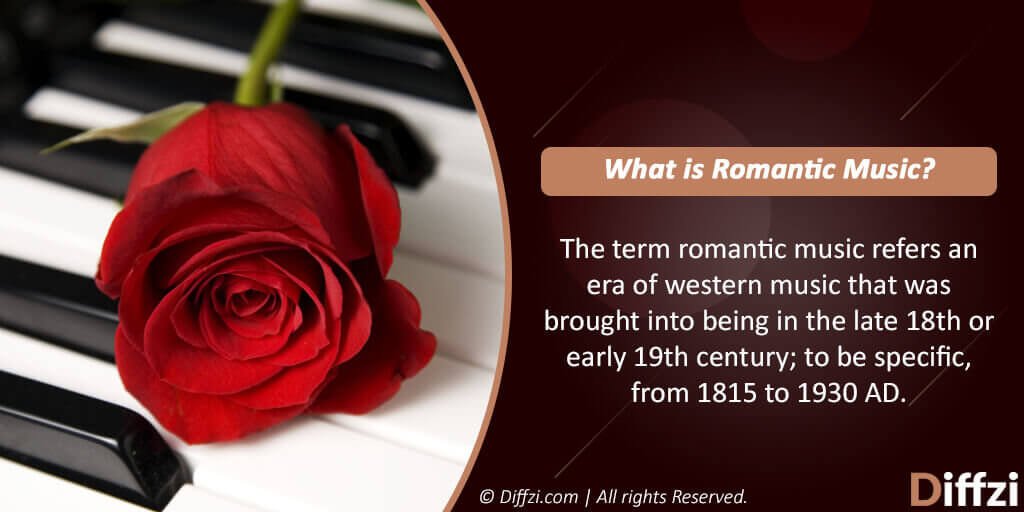Classical music is generally accepted as music that was performed or composed between 1750-1820. This is used for ALL pieces of music that were composed during this time. Hadyn, Mozart and Beethoven were popular composers in this era. Romantic music is an era of music between 1815-1920, and the two periods do overlap each other slightly.
Let it be noted that ‘Classical music’ and ‘Romantic music’ are different things, the former being the music of a romantic and loving nature, and very few Romantic pieces of music were ‘romantic’. Franz Liszt was a popular composer at this time. Romantic music is associated with romanticism in Europe while classical music is related to Classicalism, also in Europe.
What is Classical Music?
Classical music is the music of the classical period that began in 1730 to 1820 AD. Although that is the original reference to the classical music in the history of western music, the term is now being extensively used, rather colloquially, to refer to a variety of western music from the ancient times to the present; a kind of music which is neither modernized nor complex, but light, simple, and sooth.

What is Romantic Music?
The term romantic music denotes an era of western music that was brought into being in the late 18th or early 19th century; to be specific, from 1815 to 1930 AD. Romantic music is associated with the movement Romanticism that occurred in eighteenth-century Europe. Romanticism was not only a movement related to music; it was a comprehensive movement of art, literature, music and intellect. The music of the romantic era had a number of features: themes of romantic music were often linked to nature and self-expression.

Key Differences between Classical Music and Romantic Music
- Romantic music is associated with romanticism in Europe while classical music is related to Classicalism, also in Europe.
- Romantic music began in the late eighteenth century while classical music began in the mid-eighteenth century.
- The themes or expressions of romantic music include nature and self-expression while themes of classical music include restraint and emotional balance.
- Instrumental arrangements of classical music include symphony without solo piano works while that of romantic music includes larger symphony with solo piano works.
- Harmony of romantic music consisted of chromatics while classical music consisted mostly of diatonic harmony.
- Romantic music (Beethoven, Wagner, Brahms) sounds more intense and emotional than Classical music (Vivaldi, Handel, Mozart), which generally sounds more structured and predictable (Romantic music seems to quickly shift back and forth from very intense to very calm).
- One of the major differences between Romantic and Classical music is intense chromaticism. However, classical pieces often have intense chromatic sections and Romantic pieces can be relatively diatonic.
- Romantic music has its roots in the Classical music style. The development of forms and harmonic ideas that became prominent in the Classical period expanded in the Romantic period.
- The Classical periods were highly intent on preserving order and presenting melodies in the clearest way possible. Because of this, chords in the Classical period were very straightforward and based heavily on the major-minor scale relationships. This attitude toward musical rules changed in the Romantic period. Composers in the Romantic period began expanding sonata structure, obscuring the melody with more advanced and chromatic chords, and creating a new style of music that expressed the dramatic and not necessarily the physical aspects of music.
yes nice article
good informal article